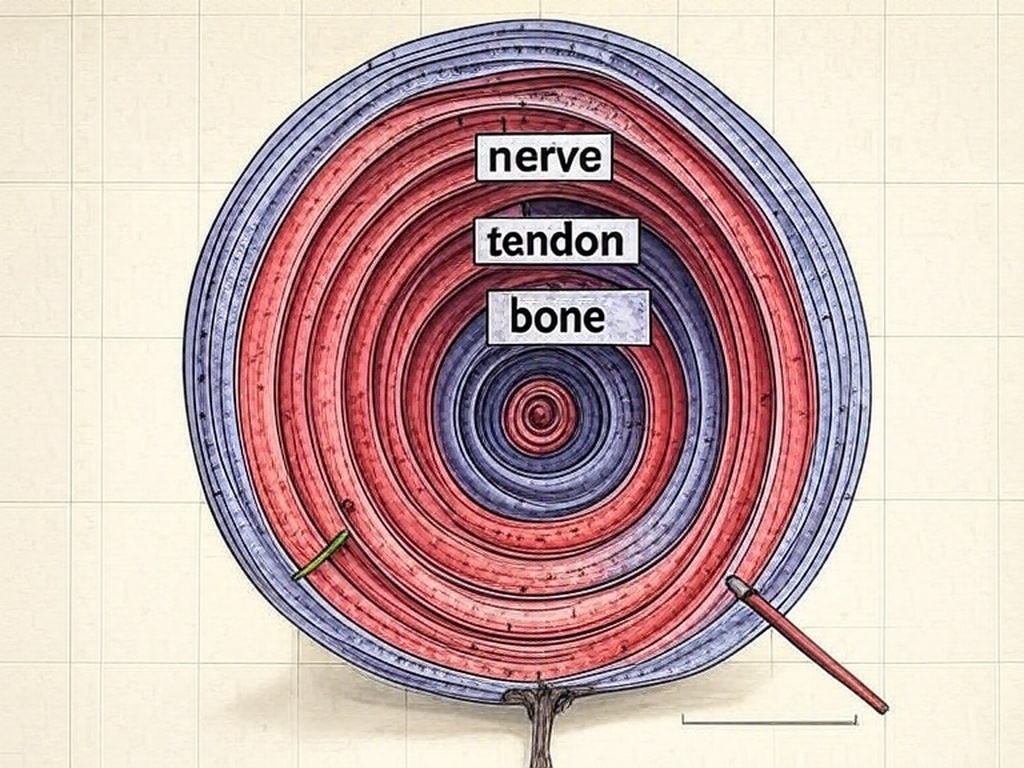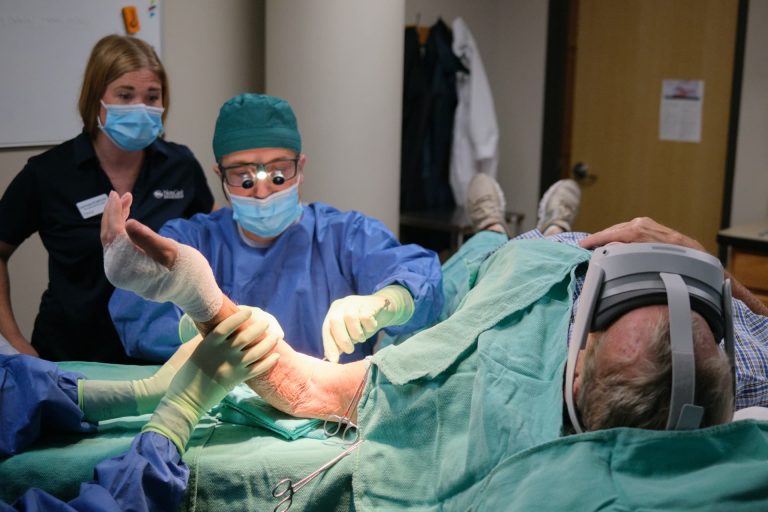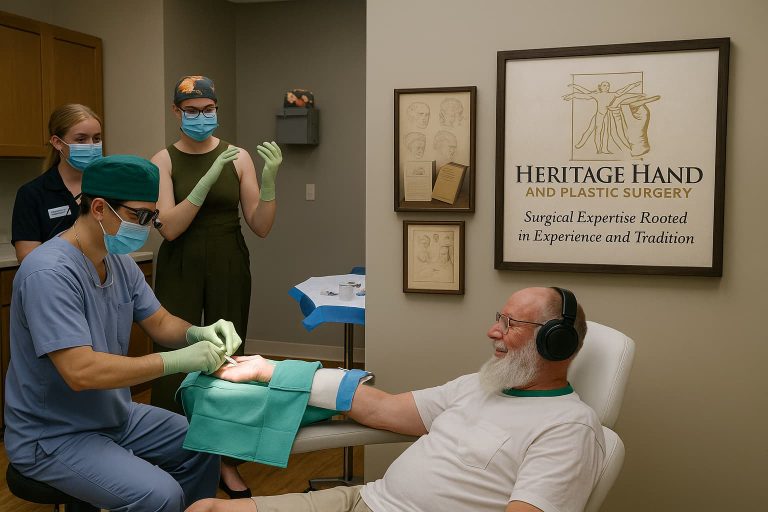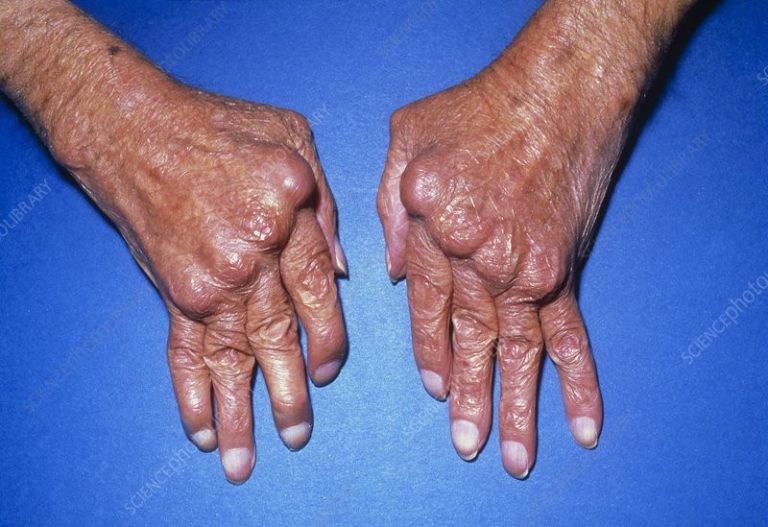Understanding Hand Pain: Peeling Back the Layers of the Onion
When patients visit me with hand pain, they often expect a straightforward diagnosis tied to an X-ray showing arthritis or a joint issue. However, hand pain is rarely that simple. I like to think of it as an onion, with multiple layers contributing to discomfort. By addressing these layers systematically, we can often relieve pain without resorting to the most invasive procedures like bone surgery. Let’s peel back the layers to understand the true causes of hand pain and how we approach treatment.

The Outer Layer: Nerve Dysfunction
The outermost layer of hand pain is often nerve-related. Conditions like carpal tunnel syndrome, where the median nerve is compressed at the wrist, are among the most common culprits. Patients may experience tingling, numbness, or sharp pain radiating through the hand. Nerve dysfunction can mimic or amplify other issues, making it critical to address first. Diagnosing nerve problems typically involves a physical exam and a sensitive history. Sometimes nerve conduction studies can help to pinpoint the issue.
The Middle Layer: Tendon Issues
Beneath the nerve layer lies the tendon layer. Tendon problems, such as trigger finger (where a finger catches or locks during movement) or De Quervain’s tenosynovitis (pain along the thumb side of the wrist), are slightly less common but still significant contributors to hand pain. These conditions often cause localized tenderness, swelling, or difficulty moving the affected area. Tendon issues can often be managed with non-surgical treatments like splinting, corticosteroid injections, or, in some cases, minimally invasive procedures.
The Inner Layer: Bone, Joint, and Ligament
Only after addressing nerve and tendon issues do we reach the innermost layer: bone, joint, and ligament problems. Advanced arthritis or joint damage, often visible on an X-ray, may seem like the obvious cause of pain. However, bone and joint issues are frequently less painful than expected when nerve and tendon problems are treated. Surgery on bones or joints, such as joint replacement or fusion, is typically a last resort. When nerve and tendon pain is resolved, many patients find they no longer need or want bone surgery.
A Targeted Approach to Treatment
By peeling back the layers of hand pain, we can create a treatment plan that addresses the root causes rather than jumping to the most invasive solutions. Nerve and tendon surgeries, when needed, are often performed in an office setting with local anesthesia, offering faster recovery times compared to bone surgery. These procedures can also be combined with joint surgery if necessary, but the goal is to minimize intervention while maximizing relief.
For example, a patient with carpal tunnel syndrome and trigger finger may undergo a quick, in-office nerve release and tendon procedure, avoiding the need for general anesthesia or a hospital visit. Once these issues are resolved, the arthritis or joint pain that seemed overwhelming often becomes manageable without further surgery.
Why This Matters
Understanding hand pain as a layered problem helps patients avoid unnecessary procedures and achieve lasting relief. By treating nerve and tendon issues first, we can often eliminate the need for bone surgery altogether. This approach not only reduces recovery time but also empowers patients to regain function and comfort with minimal disruption to their lives.
If you’re struggling with hand pain, don’t assume surgery is your only option. Let’s peel back the layers together to uncover the true source of your discomfort and find the most effective, least invasive path to recovery.





